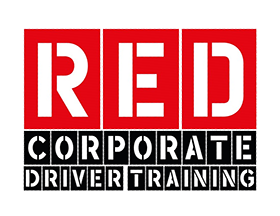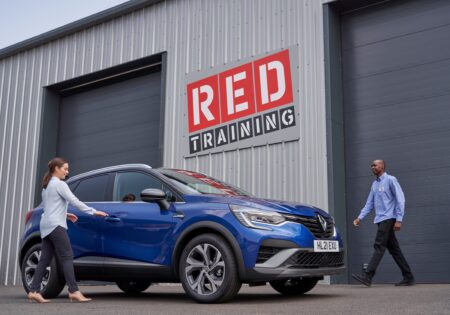Electric vehicle revolution should be matched by a shake-up in driver licensing requirements
8 June, 2022

RED Driver Risk Management says the electric vehicle revolution should be matched by a shake-up in driver licensing requirements.
The arrival of increasing numbers of heavier electric commercial vehicles means fleet managers will need to re-set their driver training requirements and future-proof their business from changes in licensing legislation.
With new arrivals to the market such as Ford’s e-Transit joining the Mercedes-Benz eSprinter and the Maxus models, fleet operators now have a wider choice of larger CVs.
These pure electric vans are heavier than conventional ICE-powered models, leading to additional licensing and training requirements: the DVSA has launched a new training and licensing requirement for anyone driving an alternatively-fuelled vehicle between 3.5 and 4.25 tonnes.
However, RED Driver Risk Management’s CEO, Seb Goldin, thinks the new legislation is too narrow, and instead businesses should assess what vehicles their employees will be driving over the next few years, and take action to ensure the business is compliant as electric commercial vehicles go beyond 4.25 tonnes.
He said: “These new larger EV panel vans are heavy, which means they require additional training and licensing for employees.
“The DVSA’s new training and licensing requirement is a step in the right direction, but we think this definition is too narrow. It won’t be long before large EV panel vans weigh more than 4.25 tonnes because they will need extra battery packs to make them commercially viable to businesses such as delivery fleets doing higher mileages, and utility operators carrying heavy equipment.”
Instead of paying for a training for what it believes will be a narrow period of suitability, RED believes the best solution is for businesses to assess their drivers and put those eligible forward for the more encompassing C1 training which allows employees to drive vehicles from 3.5 tonnes to 7.5 tonnes GVW.
Seb added: ““The cost of C1 7.5 tonne training will admittedly be higher to that required for the 4.25 tonne system, but putting drivers through C1 training opens up a host of new options for businesses and also future-proofs its operations and commercial vehicle procurement range for that extra investment.
“It will give them a fleet of drivers qualified to safely and economically drive a fleet of vehicles up to 7.5 tonnes.
“This will allow businesses to be more flexible in their operations, countering driver absences and being prepared to adapt working practices if a new contract demands it.”
Seb added: “Businesses are looking at a period of huge change in the years ahead as we transition to more EVs on fleet, so it makes sense to get ahead of the game and future-proof as much of your operation as you can.”






